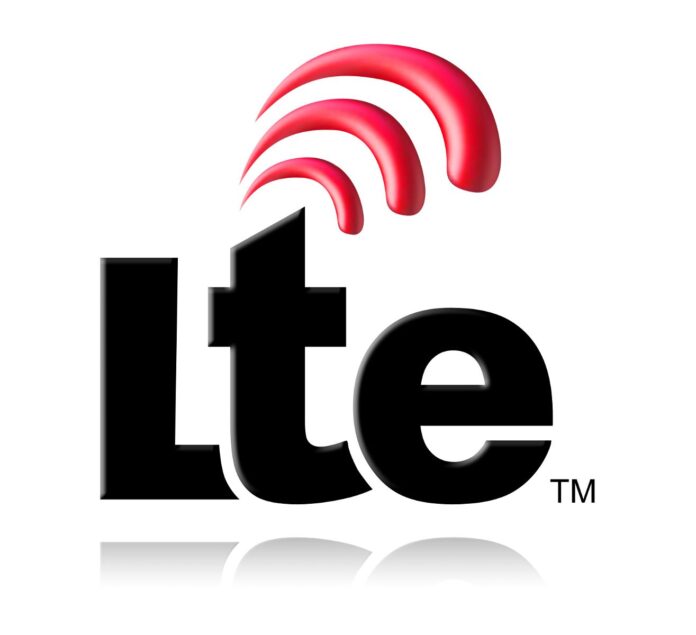Spectrum swapping remains the name of the game for wireless carriers looking to solidify their holdings in order to serve growing consumer demand for services. The latest transaction sees Verizon Wireless and T-Mobile US filing an application with the Federal Communications Commission to swap licenses in the 1.7/2.1 GHz and 1.9 GHz band that the carriers stated would help better align their spectrum positions.
As initially reported by PhoneScoop, the deal calls for the carriers to exchange equal amounts of 1.9 GHz PCS spectrum across 47 cellular market areas ranging between five and 20 megahertz. The deal would also see Verizon Wireless assign 20 megahertz of 1.9 GHz spectrum to T-Mobile US in three Texas CMAs in exchange for 10 megahertz of 1.9 GHz spectrum across those CMAs and Verizon Wireless assign between five and 10 megahertz of 1.9 GHz spectrum to T-Mobile US in an additional 13 CMAs.
As for the 1.7/2.1 GHz AWS spectrum swap, the deal calls for an equal exchange of between 10 and 20 megahertz of spectrum across 59 CMAs; T-Mobile US would also be granted 10 megahertz of spectrum covering New Jersey’s CMA228 in exchange for 20 megahertz of spectrum across that CMA; T-Mobile US would assign 40 megahertz of spectrum covering California’s CMA73 and Oregon’s CMA135 in exchange for 30 megahertz across those CMAs; Verizon Wireless would assign 10 megahertz to T-Mobile US across four CMAs; and T-Mobile US would assign 10 to 20 megahertz of spectrum to Verizon Wireless across a separate nine CMAs.
The carriers noted that post-transaction, Verizon Wireless would control between 67 and 149 megahertz of spectrum and T-Mobile US between 30 and 100 megahertz of spectrum across the 133 cellular market areas involved in the proposed deal.
The deals will allow the carriers to better align the newly acquired spectrum with their current holdings, thus allowing for greater spectrum efficiency in deploying services as the new holdings will not require guard bands designed to reduce interference between services offered by different carriers.
Verizon Wireless is currently tapping into its 1.7/2.1 GHz spectrum holdings to bolster its LTE network, which was initially launched using its 700 MHz spectrum. The carrier is currently using the 1.9 GHz band to support its legacy CDMA-based 3G services, though has said it plans to begin re-farming that band to support LTE in the near future.
For T-Mobile US, the 1.7/2.1 GHz band is the heart of its rapidly expanding LTE service, while the carrier is using its 1.9 GHz spectrum to support its legacy GSM-based 2G/3G network.
The proposed deal is the not the first between the two operators. The carriers announced in mid-2012 a deal to exchange 1.7/2.1 GHz spectrum licenses covering 218 markets, which the carriers said at the time would “create more contiguous blocks of spectrum and re-align spectrum in adjacent markets.” That deal was contingent on Verizon Wireless closing a number of pending acquisition of AWS licenses from a handful of cable operators that T-Mobile US had initially objected to on grounds that they would unfairly “tip the scales in favor of the largest wireless carrier at a critical juncture in the mobile broadband industry.”
Bored? Why not follow me on Twitter

